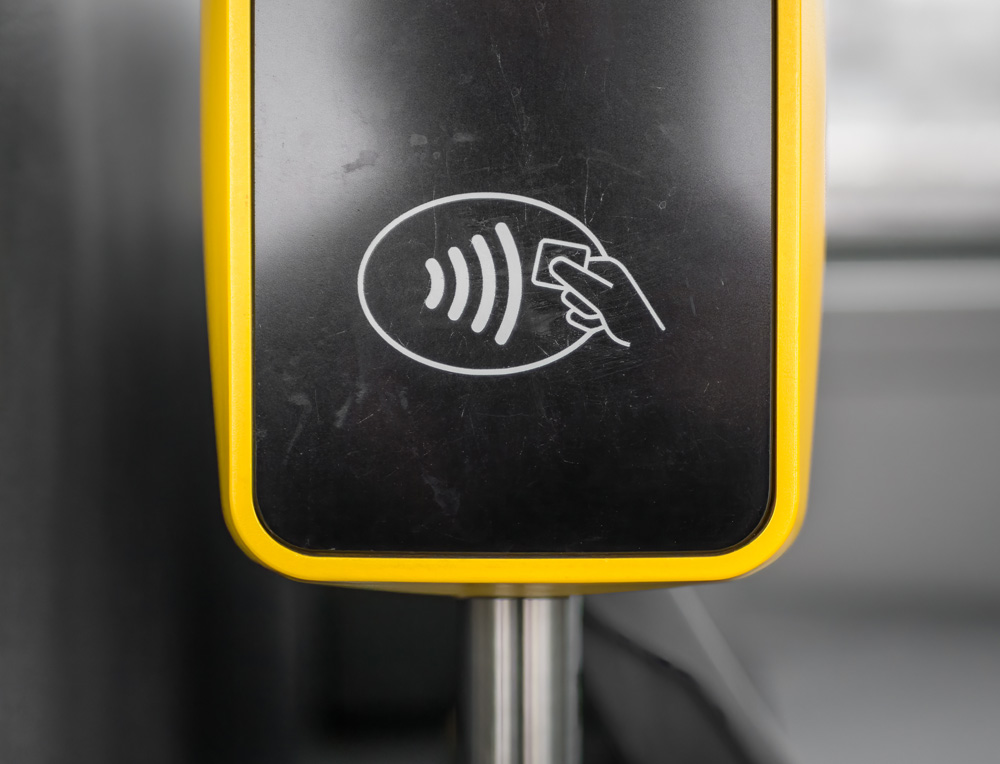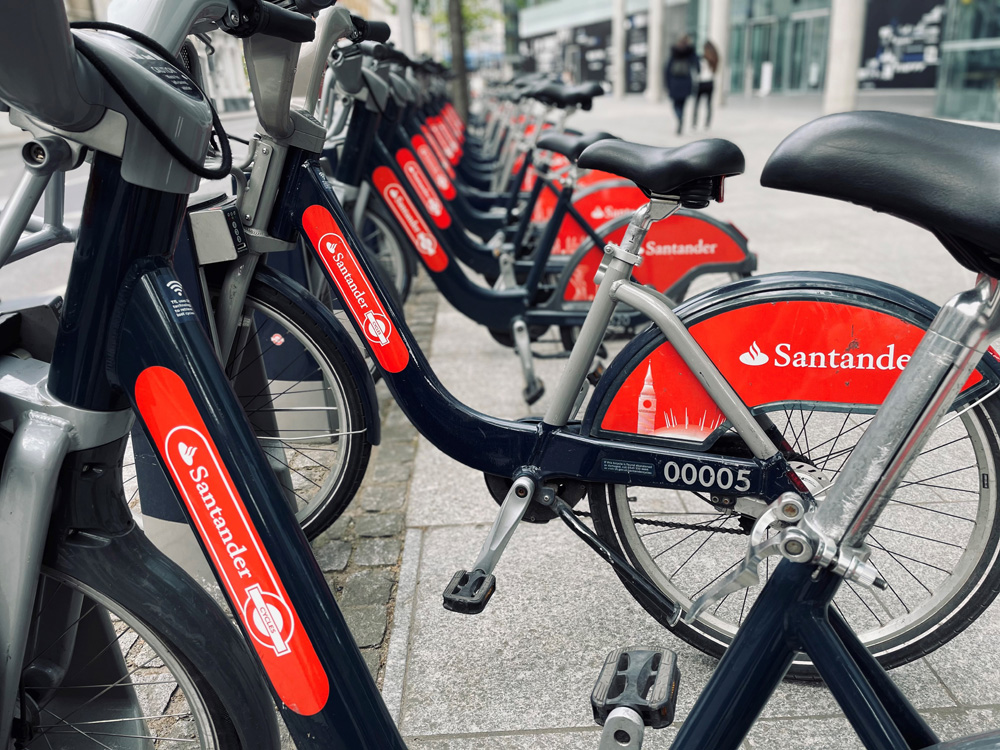
Mobility as a Service (MaaS) can be run under many different business models: B2Customer, B2Business2-EmployeeEmployer, B2Government (or B2Administration), B2Member, et cetera.
But let’s focus on the B2G … What if MaaS was an opera? An opera, you say? Are you talking about the physical place, like an opera house or symphony hall, or the musical score? The same question could be raised when talking about MaaS: the operator or the solution? Recently, many people are wondering what is the role of a MaaS operator and who could - or should - it be.
To better understand the analogy, let’s explore how an opera works and draw a parallel with MaaS.
Opera houses and symphony halls represent cities and territories
All music lovers around the world agree that every opera house or symphony hall is different: each has its own inimitable acoustic signature. Similarly, every city or territory on the planet is also unique and has its own structure of streets and buildings. Opera houses and symphony halls need to produce musical events, promote them, collect the money, ensure a good customer experience during the shows, maintain the buildings, and so on.

Cities and territories supervise the mobility policy to regulate the various providers of mobility services (private and public) operating in their territory. They are in charge of the maintenance of the infrastructure (sidewalk, parking).
Whether it is for opera houses and symphony halls or cities and territories, you will find similarities in the same category - but never an exact replica. Thus, each MaaS is unique. Why? Let’s continue the comparison.
Instruments represent the mobility services
To perform the music in an opera, you need an instrumental ensemble. Thus, the number and type of instruments available will determine which opera can be performed. The recent emergence of new shared mobility services (e-bike, scooter, e-scooter, car-sharing, carpooling) which appear in all cities, as well as the digitisation of legacy mobility, makes the concept of MaaS possible. Further, the MaaS offer depends directly on the number and type of local mobility service providers operating in the territory.
Musicians represent mobility service providers or mobility service operators
Any musician can play alone, but it takes additional skills to be able to play well in an orchestra. Each musician will have a score dedicated to their part and instrument. The quality of the individual performance obviously depends on their musical skills and practice. On the other hand, a musician in an orchestra depends also on the performance of the other orchestra members and their collective ability to play as an ensemble. In an orchestra, each musician must learn to play their own instrument so as to blend and work seamlessly among others. The bigger the orchestra, the more important the role of the conductor to bring this about.
Outside of MaaS, mobility service providers (MSPs) run their own operations to provide mobility services to the end user without considering whether other MSPs around could be partners. The quality of service varies from operator to operator. If we think of the example of two guitarists playing in the street, depending on the quality of their performance one could have a crowd that will stop to listen and drop a coin and the other could have people who will run to get away from the noise!
The more a musician practises, the more they master their instrument. The MSPs that will prosper are mainly going to be the more experienced ones, who were heavily capitalised from the beginning, or the rare start-ups - like Mozart - with an original or innovative business model that allows them to be profitable rapidly.
The orchestra represents the mobility offer
The number of instruments playing in an orchestra has a direct impact on the tunes that can be played. Larger cities with a large opera house or symphony hall can accommodate the largest orchestras while in medium and small towns the orchestra is kept at the minimum necessary to perform the piece.
The mirror effect of MaaS is that large cities and metropolises have several different brands for each type of mobility service, while in medium and small cities you will find only one ride-sharing company, one electric scooter company, and not all possible options of the mobility service are necessarily available.
The musical repertoire represents the mobility policy/policies
The musical repertoire for the year is discussed and approved by a committee with the right diversity of experts to represent the musical appreciation of the greatest number of patrons.
In cities and regions, the public transport authority is the committee that debates and develops mobility policies for the good of the citizen. Even if it cannot satisfy everyone, the objective is to put in place a mobility strategy which meets the needs of as many citizens as possible, without forgetting to be as inclusive as possible.
The conductor represents the MaaS operator
Unless you are playing chamber music with a limited number of instruments, it would be very difficult to perform a full opera without a conductor, otherwise the musicians would have a hard time synchronising to produce the appropriate melody. The conductor is there so that each instrument knows when to start, when to stop, and with what intensity to play - all for the enjoyment of the audience. She or he is the one who knows and understands how the sound will be perceived by each spectator wherever they are seated in the room or hall.
The MaaS operator is the one who optimises the trip planner according to the integrated MSPs. The conductor also knows and understands the different mobility choices that the solution must offer to the end user according to their transport preferences (e.g. fastest, most sustainable, healthiest or cheapest).
MaaS not only integrates the mobility services made available in a territory, it also has the knowledge to synchronise them according to the demand and by following the local mobility policies in place. Before concerts and rehearsals, the conductor is assisted by the concertmaster or first-chair (first violin) who is responsible for tuning the orchestra.
In a city, the concertmaster would be represented by public transport!
The seat options represent the multimodal choices
In any opera house or symphony hall you will find seats with a varying price range, depending on where they are in the hall. And among the people who attend an opera house you will find those who always buy the most expensive places no matter what; the ones who want to be on the balcony to see the musicians; the ones who love the music but can’t offer themselves best seats; and the ones who can afford any price but still prefer the middle price.

The same goes for mobility. You will find travellers who will use the fastest options; those who prefer most comfortable options with the least amount of connections; some who choose only the most sustainable options; and others who always incorporate walking into their trips to stay healthy and active.
So when a traveller searches for itinerary options, the results displayed could be considered like the seating options displayed when a music lover is looking to purchase a ticket for the next concert. Even if business models are outside the scope of this article, it is important to mention - whether the topic is opera or MaaS - that to work and operate they both need:
- Marketing to promote their respective offer using different channels to reach the right people
- Ticket sales (or subscriptions) purchased online or at the box office
- A customer help centre
- A finance department
The difference between two MaaS operators is the same as two different conductors directing the same opera with the same musicians in the same symphony hall… the experience will be similar but if you listen to them simultaneously, you will hear the differences.
PS: And if chamber music was rural MaaS?
ABOUT THE AUTHOR
Aurélien Cottet is international sales director at Instant System. This article was first published for Urban AI, a thinktank which federates a global ecosystem and a multidisciplinary community, proposing ethical modes of governance and sustainable uses of urban artificial intelligence





